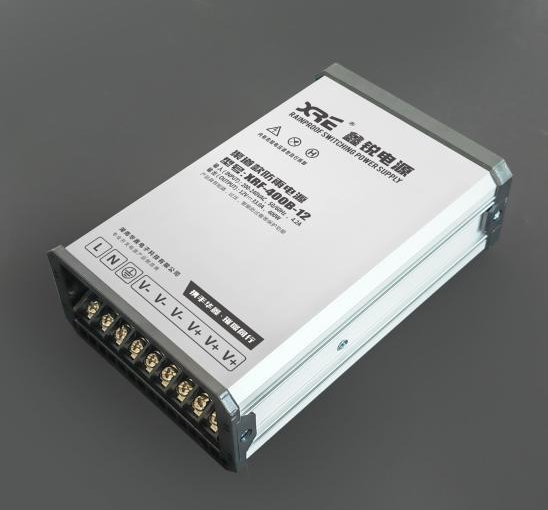
Reversing the polarity of a power supply, where the positive and negative terminals are mistakenly swapped, is a common issue encountered in various electrical setups. Though it may seem like a minor mistake, its consequences can range from simple device malfunction to significant damage, depending on the device and system design. Understanding the effects of reversed polarity and learning how to identify and rectify it can save time, money, and resources. In this article, we will delve into the implications of reversed polarity and outline clear steps to detect and address it.
What Happens When Polarity Is Reversed?
Device Malfunction:
Electronic devices, particularly LEDs and power-sensitive circuits, require correct polarity to operate. When the positive and negative terminals are reversed, these devices often fail to function entirely. This interruption can be inconvenient and may halt operations in industrial and home setups alike.
Damage to Components:
While some devices are equipped with polarity protection, others may sustain irreversible damage when exposed to reversed polarity. Key components such as capacitors, diodes, and integrated circuits are particularly vulnerable, resulting in reduced product lifespan or outright failure.
No Immediate Visual Indicators:
One of the challenges of reversed polarity is the lack of visible signs. Unlike physical damage or overheating, reversed polarity often goes unnoticed until a device fails, making proper diagnosis crucial.
How to Identify Reversed Polarity?
Check Device Behavior:
If a device does not power on, flickers, or exhibits irregular operation, reversed polarity could be the cause. This is often the first indicator of incorrect wiring.
Use a Multimeter:
A multimeter is an essential tool for detecting polarity issues. By testing the power supply’s terminals, you can confirm whether the positive and negative wires are correctly connected.
Inspect Wire Markings and Labels:
Manufacturers often include visual cues, such as red for positive and black for negative wires. Double-check these markings during installation to ensure accuracy.
Rely on Protective Mechanisms:
Devices with polarity protection may alert users to wiring issues, either through built-in LEDs or other diagnostic features.
Conclusion
Reversed polarity is a preventable issue that can cause unnecessary delays, malfunctions, and costs. Identifying it early through simple diagnostic steps, such as checking connections and using tools like multimeters, can help mitigate risks. To avoid problems, always ensure proper wiring during installation and use devices with built-in protection features for added security.
At WHOOSH electronics, all our LED power supplies are equipped with advanced short-circuit protection. In the event of a short circuit, the power supply automatically enters a hiccup mode, temporarily shutting down to prevent damage to the system and ensuring safety. Once the fault is cleared, the power supply will recover automatically, providing peace of mind and reliable operation.
Explore our range of high-quality, versatile power solutions to find the perfect fit for your needs.
For more information about our LED power supplies and their features, feel free to contact our team. We’re here to assist you!
Leave a Reply